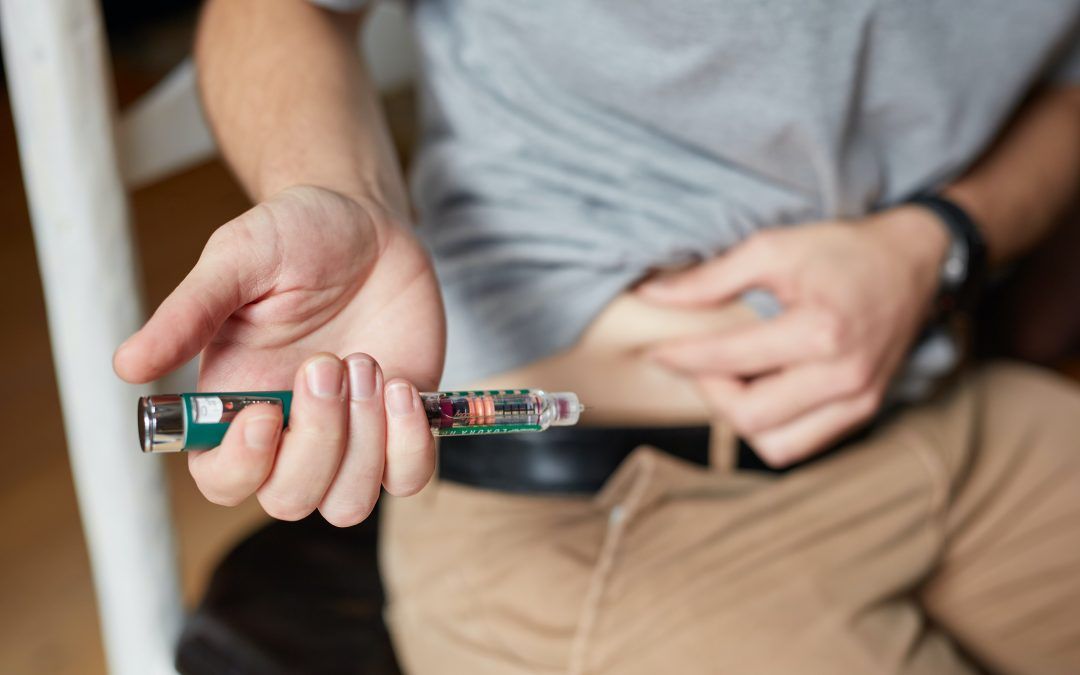Summary:
Diabetes affects nearly half a billion people globally, with a significant impact on health and economic costs. In the United States, 38 million have diabetes, and 97.6 million have prediabetes. Type 2 diabetes (T2D) accounts for up to 95% of cases and poses a significant health risk when not properly managed. Despite effective treatment plans, poor adherence is common due to demanding requirements.
Stanford University biochemists have introduced a breakthrough solution—a hydrogel technology that extends the delivery of glucagon-like peptide-1 receptor agonists (GLP-1 RAs), a key diabetes medication. Unlike existing treatments requiring frequent injections, the hydrogel, made with biodegradable nanoparticles, releases GLP-1 RAs for up to four months with a single dose. This not only reduces the injection frequency but also enhances drug stability and efficacy.
The hydrogel demonstrated promising results in tests, retaining up to 50% of GLP-1 RA after two weeks. In rat studies, it proved biocompatible, lowered blood glucose levels, managed body weight, and outperformed current daily dose treatments. The technology holds the potential to revolutionize diabetes management, improve patient adherence, and save lives and healthcare costs. As it progresses toward clinical application, the hydrogel-based solution offers hope for a simplified and effective era in diabetes care.
Article written by Jonny Thomson| Image by Unsplash
07/12/2023
Source:
FreeThink
https://www.freethink.com/health/a-new-hydrogel-offers-the-hope-of-ending-daily-injections-for-diabetes

